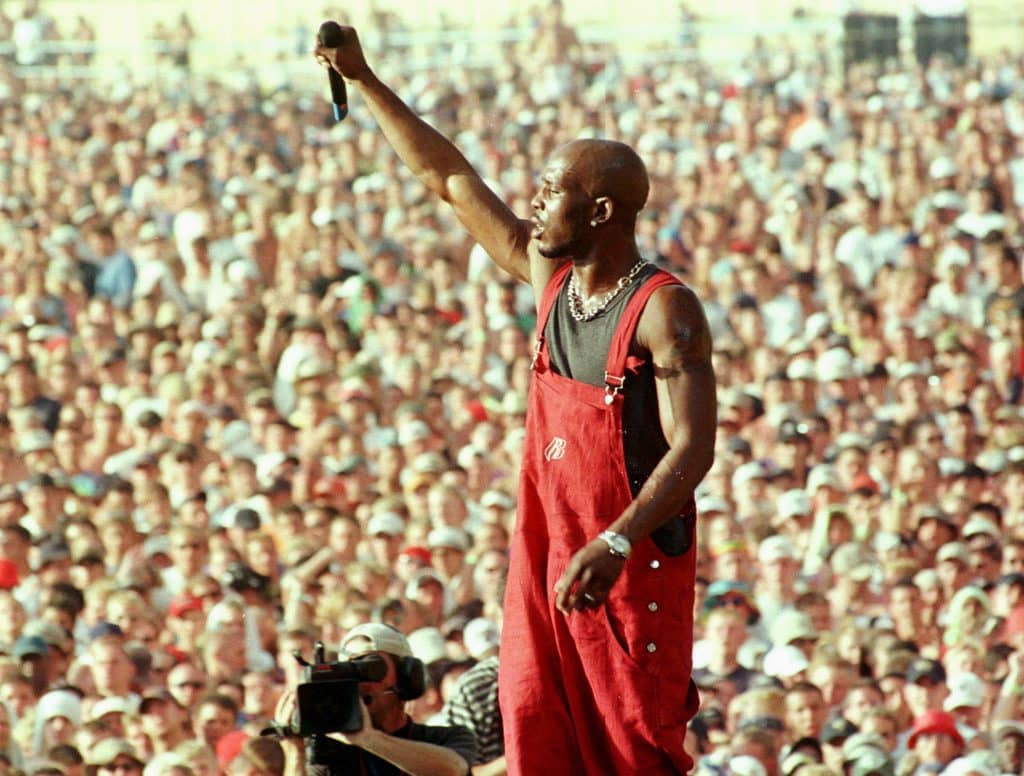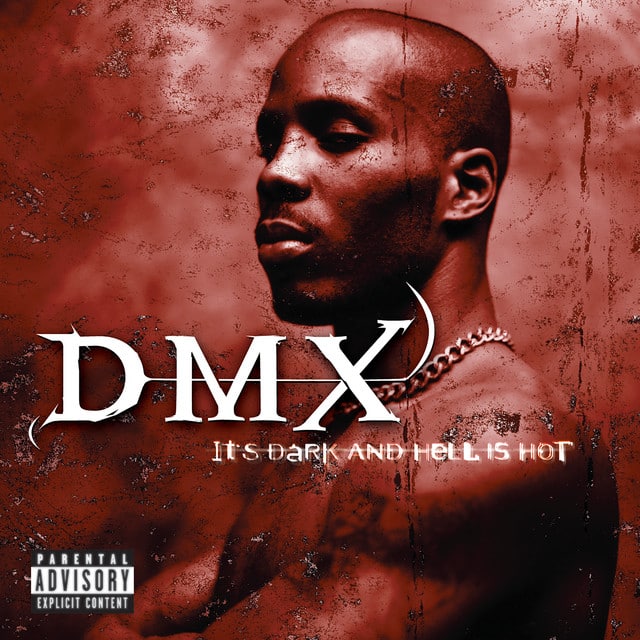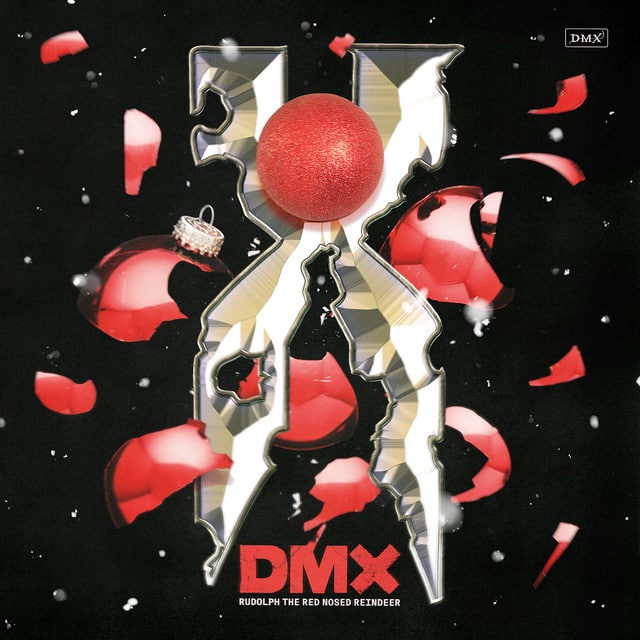When talking about DMX, the late Earl Simmons, you’re not just talking about a rapper. You’re diving into the realm of a cultural icon, a force of nature whose raw intensity and unfiltered realness rattled the bones of hip hop and reshaped it forever. This is a story of a man who rose from the gritty streets of Yonkers to become a legend, a story that’s as much about the power of authenticity as it is about beats, bars, and braggadocio.
DMX’s story begins in Mount Vernon, New York, 1970. Born to young parents, his early life was far from a fairy tale. With a father who painted street scenes and a household marred by violence and instability, Simmons’ early years were steeped in hardship. This turmoil wasn’t just a backdrop; it was a crucible that forged him. Exposed to brutality and poverty, he found solace and a sense of power in the streets, befriending stray dogs and, ironically, engaging in the very activities that mirrored the chaos of his home life. Carjacking, robberies – these weren’t just acts of rebellion; they were cries of a deeply troubled soul seeking an outlet, a voice.
But that voice found its true calling in hip hop. It began with beatboxing for a local rapper, but soon, Simmons realized his own potential behind the mic. Adopting the moniker DMX, which stood for “Dark Man X”, he started his journey in the world of rap, a world that would soon recognize his unique presence. His style was unapologetically aggressive, a reflection of the life he’d lived, but it wasn’t one-dimensional. DMX’s lyrics oscillated between hardcore themes and an unexpected spiritual depth, echoing his complex personality.
The late 90s marked the rise of DMX as a force in hip hop. His debut album, “It’s Dark and Hell Is Hot”, was a bombshell in the rap world, selling a quarter of a million copies in its first week. Suddenly, this man from the rough streets of Yonkers was a national sensation, his gravelly voice and raw lyrics resonating with fans across America. His subsequent albums, especially “… And Then There Was X”, only cemented his status as a hip hop heavyweight. Songs like “Party Up (Up in Here)” and “X Gon’ Give It to Ya” became anthems, capturing the zeitgeist of the time.

But DMX wasn’t just about music. His influence extended to the silver screen, with roles in films like “Belly” and “Romeo Must Die”. He was a natural, bringing the same intensity to his acting that he did to his music. Even his reality TV stint and his memoir, “E.A.R.L.: The Autobiography of DMX”, showcased a man with layers far beyond the tough exterior.
His personal life, however, was as tumultuous as his public persona. Simmons’ struggle with the law was an ongoing saga, a testament to the demons he battled throughout his life. His encounters with the legal system ranged from the tragically comic – impersonating a federal agent, to the sadly predictable – drug and weapons charges. These run-ins were not mere footnotes; they were a significant part of his narrative, reflecting a life lived in the extremes.
And yet, despite his troubles, DMX’s influence on hip hop is undeniable. He was a pioneer, breaking away from the shiny, party-centric rap of the late 90s. His grit, his rawness, his unvarnished depiction of street life brought a new dimension to the genre. He was the antithesis of the bling era, a voice for those who knew the harsh realities of life on the streets.
DMX’s legacy is complex, much like the man himself. He was a beacon of raw talent in the industry, a reminder of what hip hop could be when stripped of its gloss and glamour. He brought the streets to the mainstream, not to glorify them, but to reveal their harsh truths. His lyrics, often dark, sometimes hopeful, always real, spoke of a life lived in the shadows, of pain and struggle, but also of resilience.
In the wake of his untimely death, it’s crucial to remember DMX not just as a rapper, but as a symbol of authenticity in an industry often criticized for its artificiality. His life was a tapestry of highs and lows, a narrative rich with lessons about fame, fortune, and the human condition. Through his music, his acting, and his sheer presence, DMX left an indelible mark on the world, a legacy that will continue to influence artists for generations to come.
DMX’s story is a cautionary tale, a tale of talent, fame, and the pitfalls that come with them. It’s a reminder of the human behind the persona, of the struggles that often accompany genius. In celebrating his life and mourning his loss, we acknowledge not just the artist, but the man, the legend – Earl Simmons, DMX.
Would you like to learn more? Dive deeper into the depths of DMX in our featured articles below.








